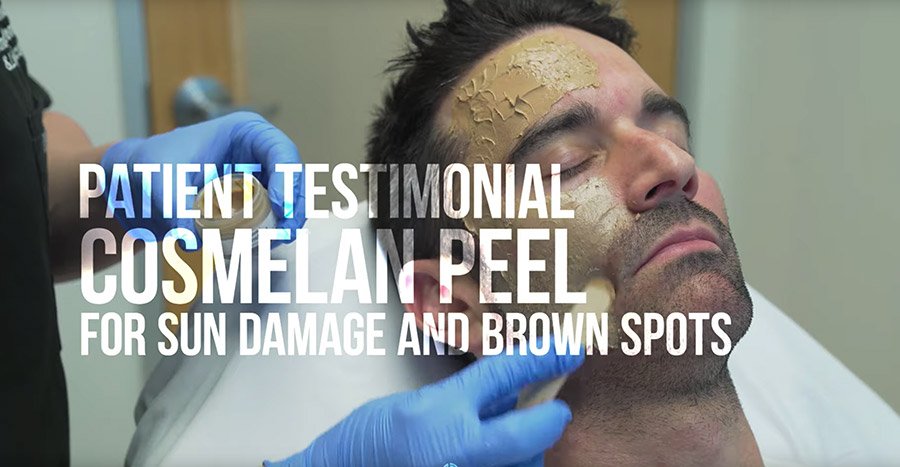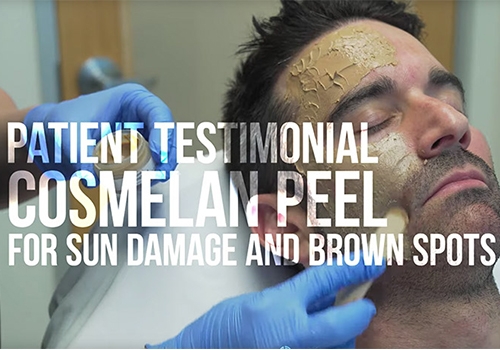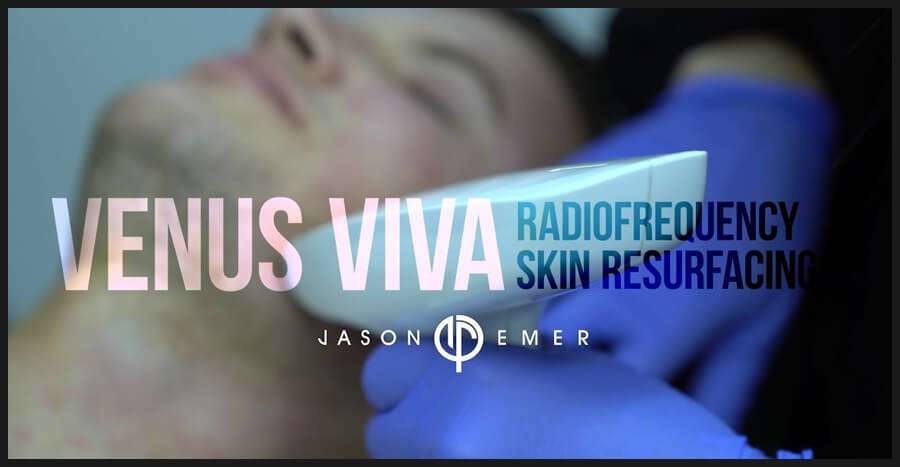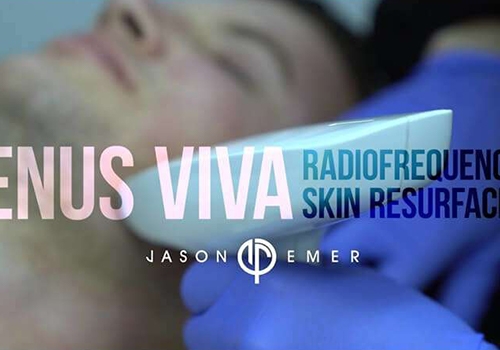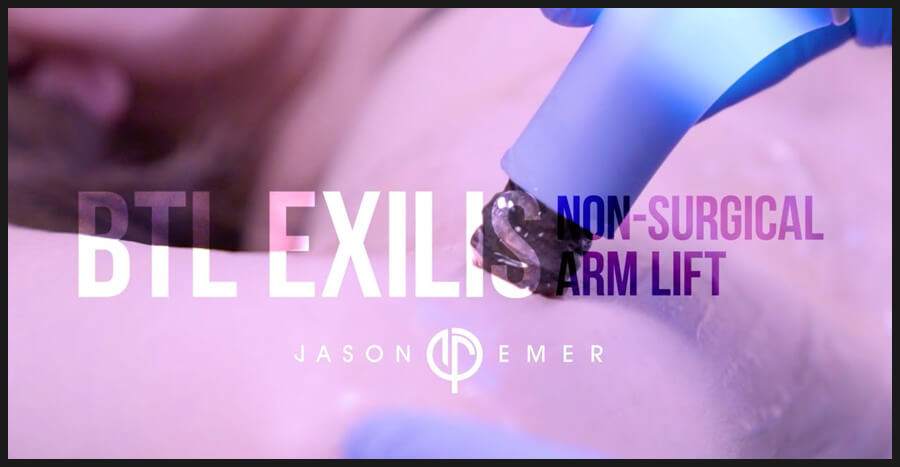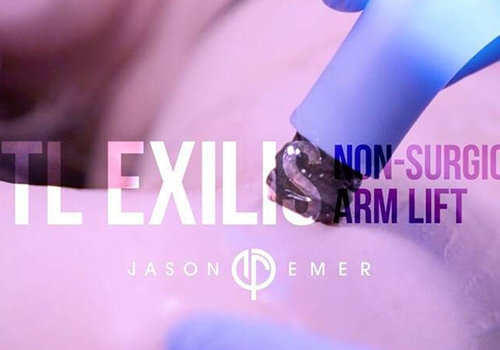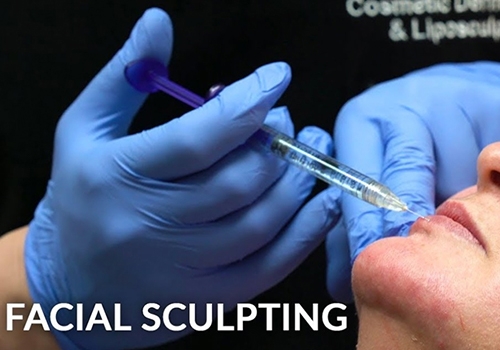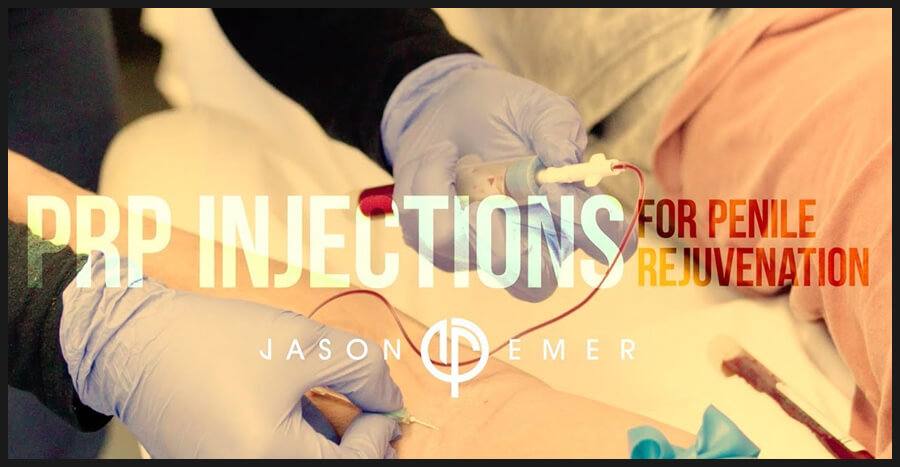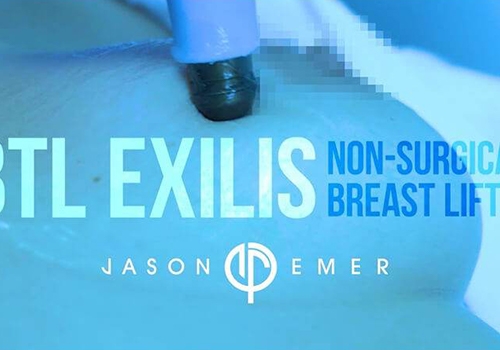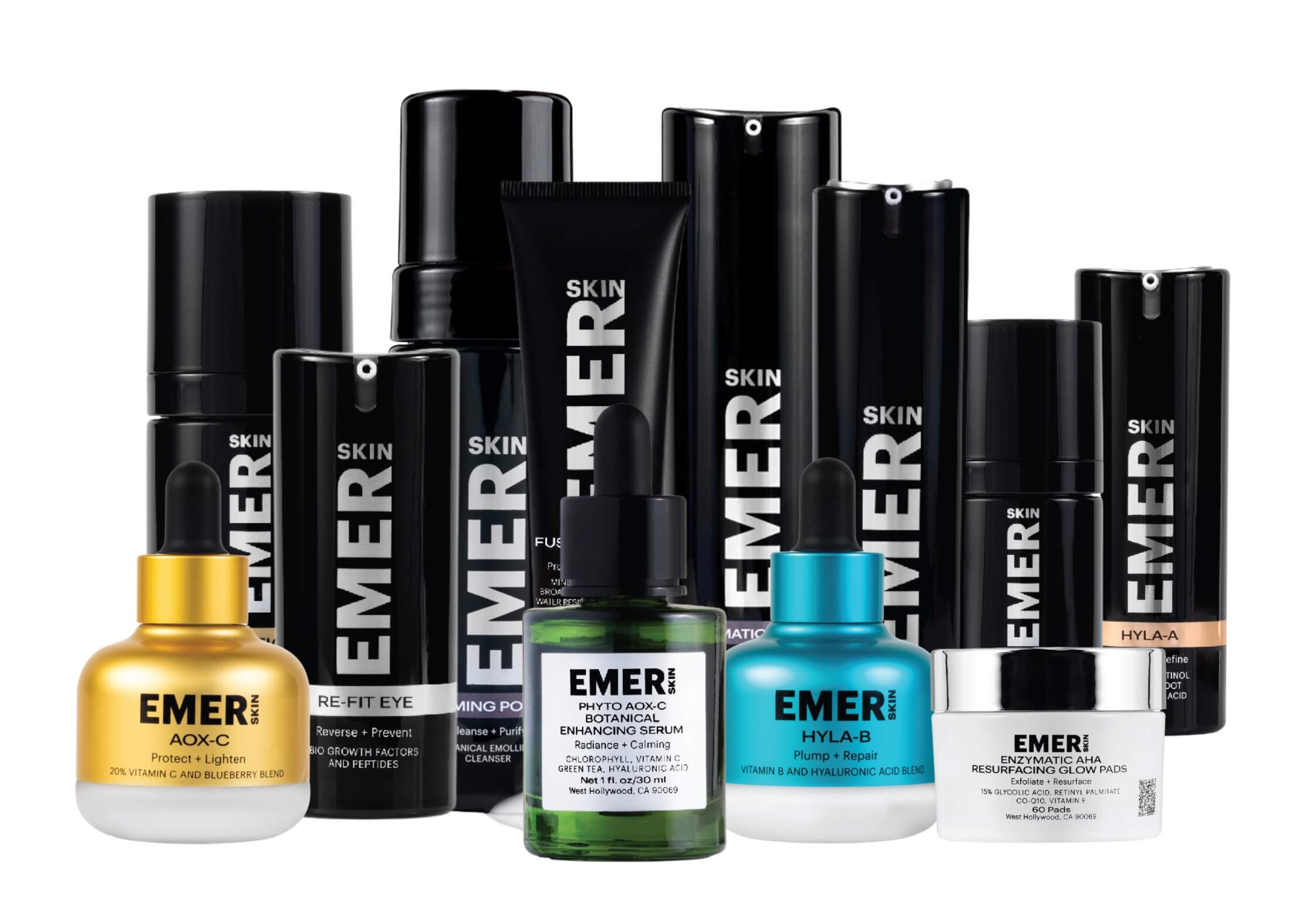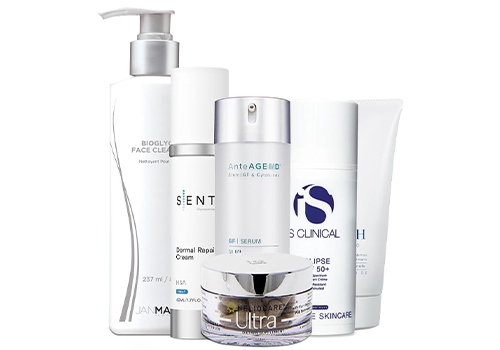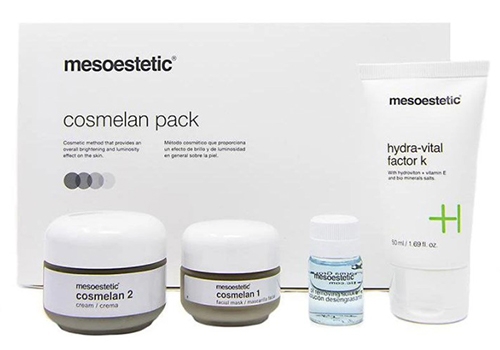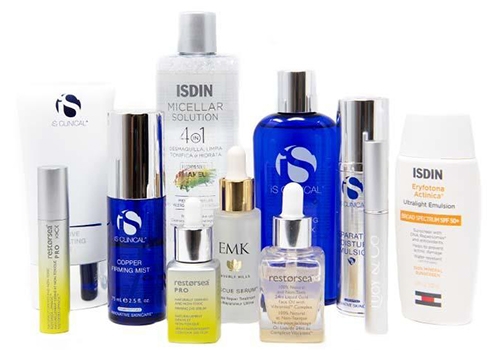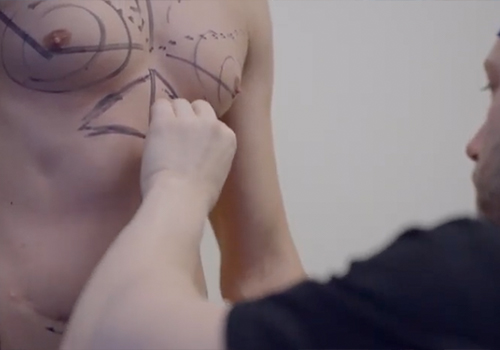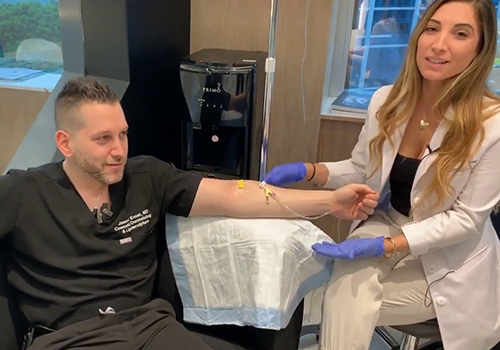Scarring is the formation of fibrous tissue as the body heals a wound. Scars can vary in size, color, and texture depending on the severity and location of the wound, as well as individual healing tendencies.
Types of Scars: Different types of scars exist:
- Atrophic scars: These are indented scars that lie below the normal skin surface. They are common after acne or chickenpox.
- Hypertrophic scars: These are raised scars that stay within the original wound boundaries.
- Keloid scars: These are raised, thickened scars that grow beyond the original wound boundaries. They are more common in people with darker skin tones.
Treatments: While some scars fade over time, some may be more permanent. Several scar reduction treatments are available, including:
- Silicone gel sheeting: Applying silicone gel sheets to the scar can help soften and flatten it.
- Steroid injections: Injections of corticosteroids can reduce inflammation and scar size.
- Laser therapy: Laser treatments can improve the appearance of scars by stimulating collagen production and resurfacing the skin.
Disclaimer: Scarring is a natural part of the wound healing process. While some treatments can improve scar appearance, complete scar removal may not always be achievable. Consulting a dermatologist for evaluation and discussing treatment options is recommended.
Pigmentation Disorders:
Pigmentation disorders refer to conditions that affect the amount, distribution, or type of melanin (pigment) produced by the skin. This can lead to areas of hyperpigmentation (darker patches), hypopigmentation (lighter patches), or a combination of both.
Causes: Several factors can contribute to pigmentation disorders, including:
- Sun exposure: Sun exposure is a major trigger for hyperpigmentation, stimulating melanin production.
- Hormonal changes: Fluctuations in hormones, such as during pregnancy or with certain medications, can affect pigmentation.
- Skin conditions: Certain skin conditions like eczema, psoriasis, or post-inflammatory hyperpigmentation can cause areas of discoloration.
- Injuries or infections: Injuries or infections can damage skin cells and disrupt melanin production, leading to hypopigmentation.
Treatments: The treatment approach depends on the type and cause of the pigmentation disorder. For sun damage-induced hyperpigmentation, sun protection is crucial. Topical creams containing ingredients like vitamin C, kojic acid, or hydroquinone may help lighten dark spots. Chemical peels, laser treatments, and microneedling may also be offered by dermatologists for more stubborn cases. Treatment options for hypopigmentation may vary depending on the cause.
Disclaimer: Treating pigmentation disorders can be challenging and may require a combination approach. Achieving complete normalization of pigmentation might not always be possible. Consulting a dermatologist for diagnosis and discussing personalized treatment options is recommended.
